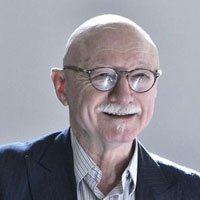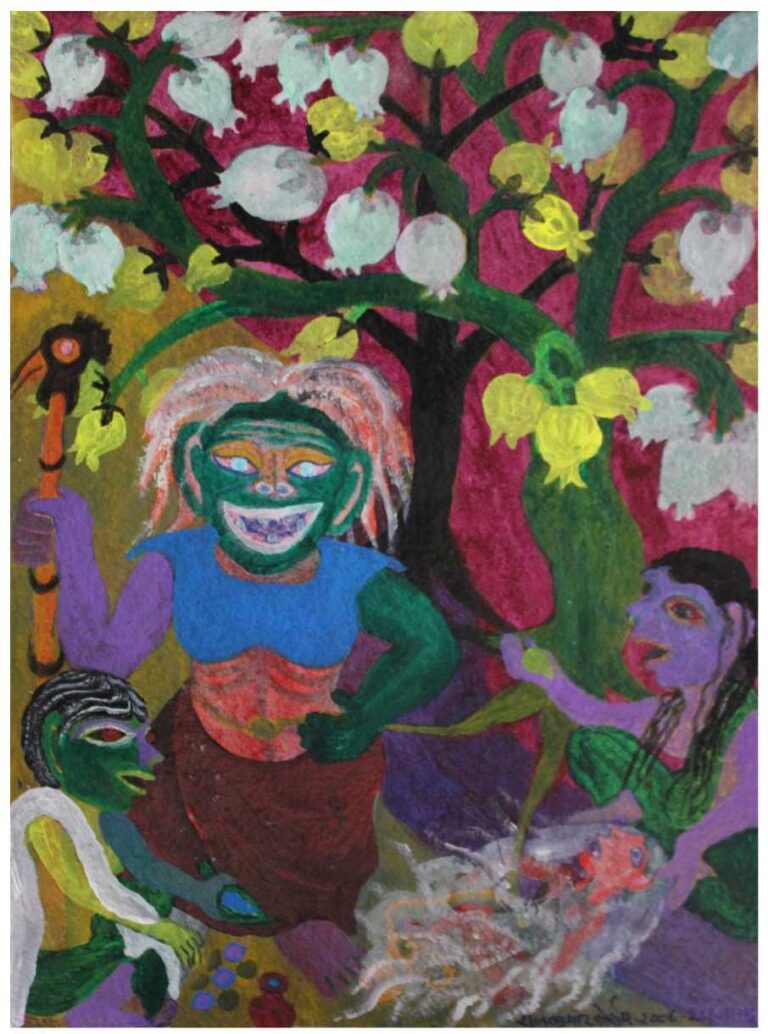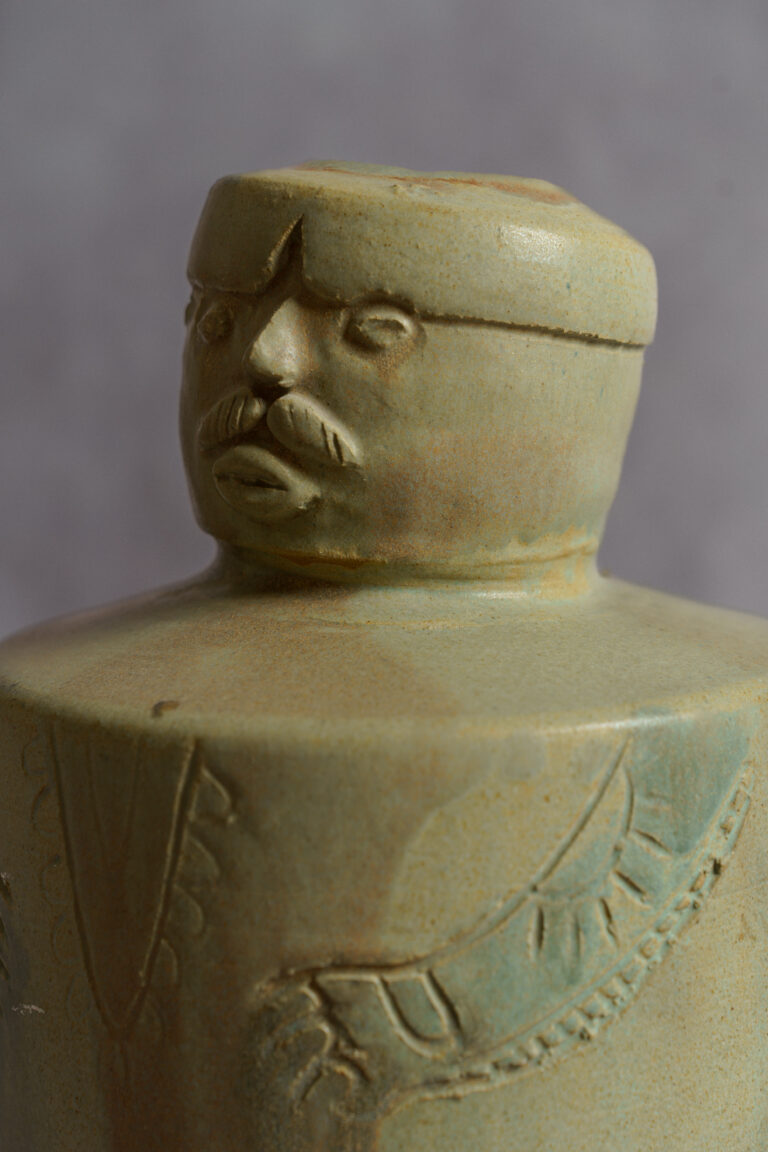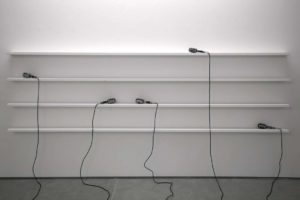
‘While I Sleep’ (13/02 – 29/06, 2009) had brought together the artist Shilpa Gupta and the neuropsychologist Mahzarin Banaji for a first exhibition at the Laboratory, a private venue for contemporary art that specializes in the relationship between art and science. The two artists had focused on questions linked to thought and consciousness, and the event had been most positively welcomed by the press and the public. It is now that Yvon Lambert Gallery, an internationally-renowned gallery, is organising a first solo show for Shilpa Gupta (11th September – 15th October 2009) in the same year, probably because the young Indian artist is one of the most promising artists on the international scene.
Through objects, installations, sound and video, Gupta questions in her inspired way fear, desire, ethnic and religious conflicts, the perversity of political power and its repressive obsessions. Through her artistic vocabulary, her work formulates cultural elements that are constitutive of her country and her home city, Mumbai, the core of Indian diversity.
Upon entering the gallery, the visitor was greeted by a light installation where one could read: ‘Everyday I wake up to find the world change while I sleep’, which undoubtedly translated the symbolic overtone of the whole installation. The installation Heat presented a sacred book slowly burning after having been made white-hot, a dangerous work for the visitor but one that stages an allegory of sacred texts read by zealots in ways that have led to all kinds of religious conflicts. In the middle of the central space of the gallery, one could see a huge pile of soaps, on which one could read Threat. The soap bars were designed to be the colour of human skin, and the smell was supposed to make people uncomfortable. The intent was that the visitor would take a soap in order to erase a threat more imaginary than real. On the walls, stylized clouds were hanging at a certain height, made as they were of the same wire mesh that is used as protection in Indian police cars, thus foregrounding the omnipresence of security issues and its instrumentalisation by the powers that be. The cloud and the sky are recurrent motifs in Gupta’s work, a common denominator that makes the notions of difference and boundaries obsolete.
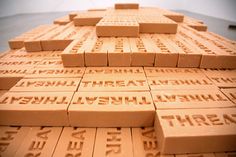
Singing Microphones is a logical sequence of sound installations which Gupta has made using microphones (such as In Our Time or Singing Cloud). One can hear a soft voice whispering a text written by Gupta: ‘curfew, curfew’, ‘you belong to this home but this home belongs to some people more than it belongs to you’, ‘dead, half-dead’ etc…
The video Hardly Bare to Speak showed the portraits of the four judges who decided on the border between India and Pakistan in 1949. Those four people from four different communities, who did not communicate with one another because of their differences, were the ones who decided of the future of their countries and bordering countries. The decision was made in spite of common sense and without any discussion. Such a decision provoked endless casualties, deaths and exiles, the consequences of which are still to be felt nowadays. And last but not least, Gupta’s handwriting covers a series of blackboards. She wrote then erased a sequence of apparently random figures which in fact correspond to the number of casualties in military conflicts as well as to dates of wars. The dust is being gathered in plastic bags as a testimony of History endlessly repeating itself.
Image courtesy: Shilpa Gupta & Yvon Lambert Gallery (Paris), Photo credits: Marc Domage.









